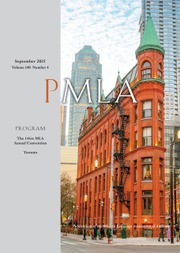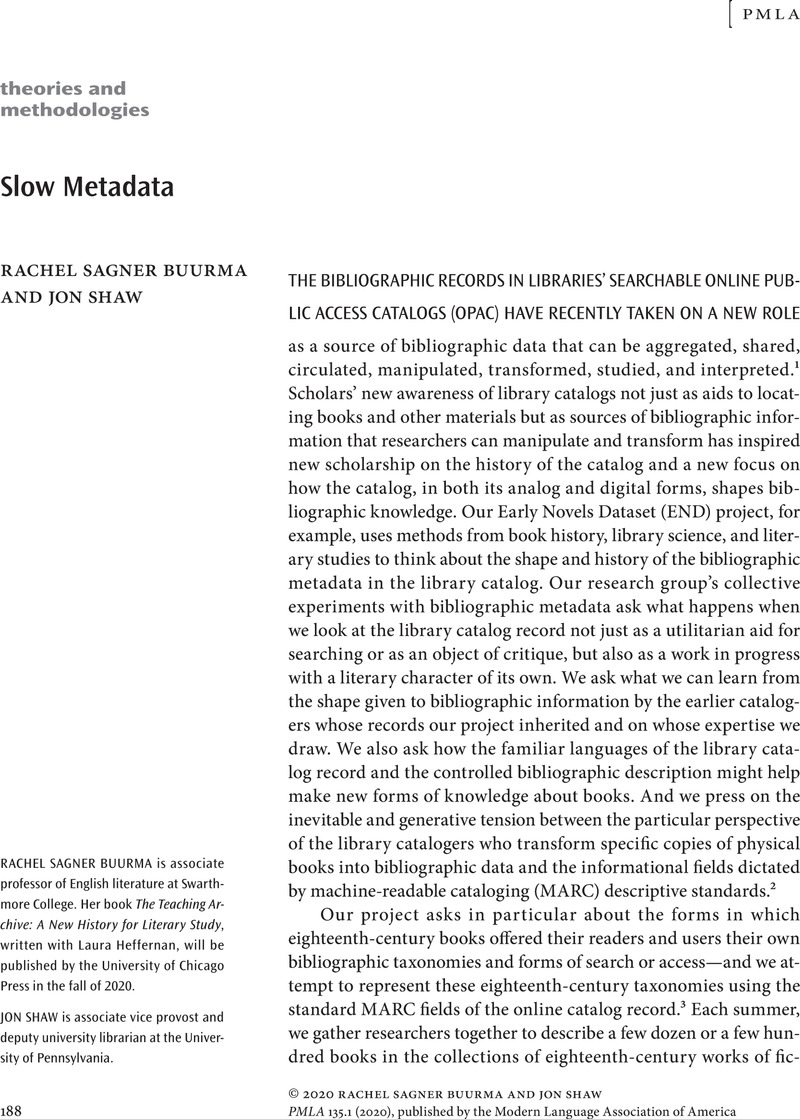Crossref Citations
This article has been cited by the following publications. This list is generated based on data provided by Crossref.
Luke, Stephanie M.
and
Mizota, Sharon
2024.
Instituting a framework for reparative description.
Archival Science,
Vol. 24,
Issue. 3,
p.
481.


